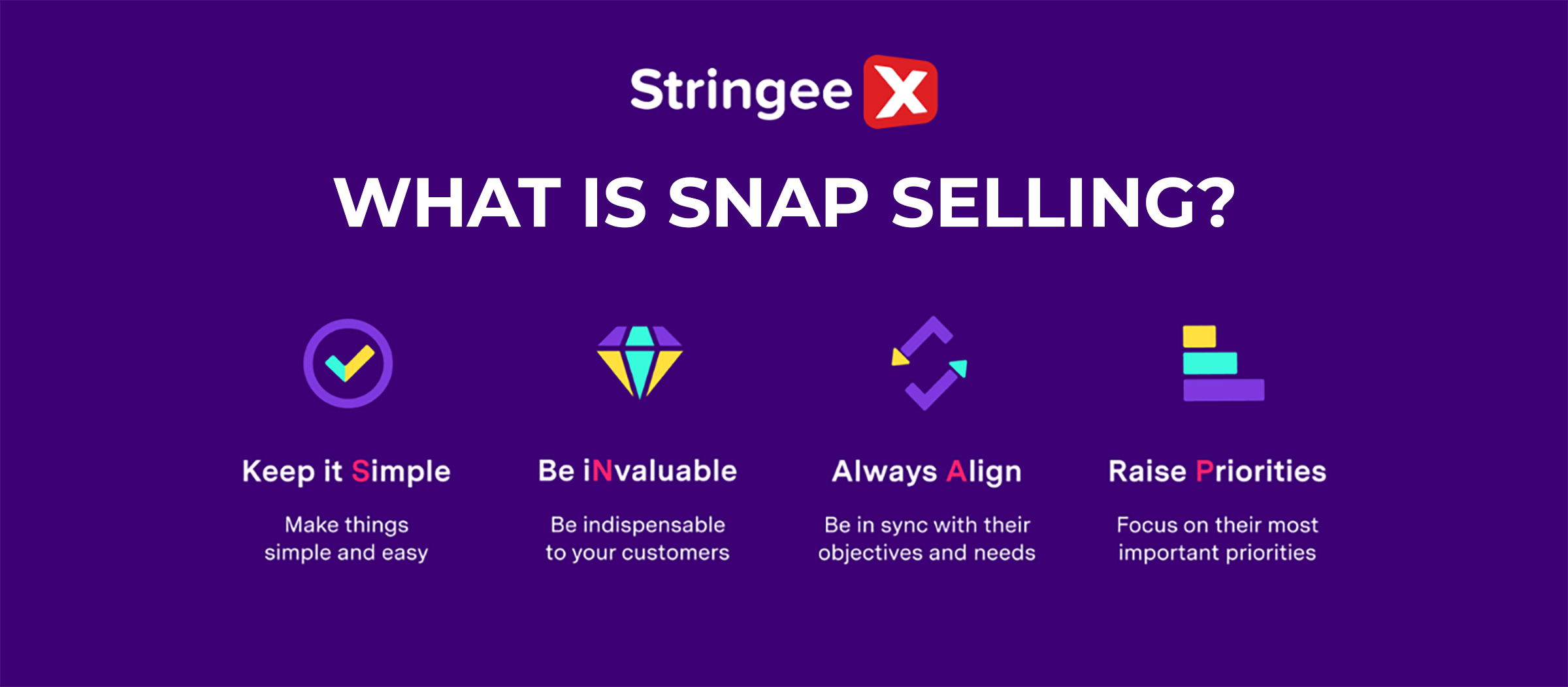Introduction
The role of team leader in BPO (Business Process Outsourcing) is quite a popular debate topic. While it's pretty obvious that leaders "lead" their teams, the specifics of their duties remain confusing for some beginners. No worries; our article will clear it up for you.
The Role of Team Leader in BPO: 8 Responsibilities
1. Team Management
Leaders act as a bridge between the individual agents and the BPO company's management. They must:
- Create and manage team schedules to ensure adequate staffing levels for client needs. Agent breaks (if any) must be covered.
- Handle escalated issues from agents that they can't resolve independently. Examples: contacting the client, using internal resources to find solutions, etc.
- Set clear goals and Key Performance Indicators (KPIs) that are well-aligned with the client's expectations.
Job-related responsibilities aside, leaders should also ensure a supportive work environment where team members feel comfortable expressing their concerns. Given the high employee turnover rate in BPO, this approach should not be overlooked.
2. Client Management
Needless to say, a team leader must possess a very insightful understanding of the client's business goals and target audience. To achieve that, they must know how to:
- Actively listen to client concerns
- Review contracts and Service Level Agreements (SLAs)
- Keep up-to-date with the client's industry trends.
Furthermore, if any unexpected issues occur (which is quite common in BPO), leaders must step up to communicate and propose solutions. Such a positive working attitude will likely inspire confidence and motivate the rest of the team to deliver their best performances.
3. Performance Monitoring
BP relies pretty heavily on data and KPIs; hence, a good leader must know how to leverage tools to track those metrics and identify real-time trends.
And remember, a one-size-fits-all approach doesn't work here. It's important to tailor coaching plans (based on each agent's strengths and weaknesses) via extra practice, mentorship programs, buddy systems with high-performing agents, etc. We will talk more about that in the section below.
4. Coaching and Training
Leaders should encourage agents to take the initiative in their development (Source: Needpix)
Like any industry, the BPO field is constantly evolving. To drive the team's success, team leaders must stay updated on such trends (plus client-specific requirements) and share this knowledge with their agents. Otherwise, keeping pace with companies' ever-changing needs would be quite impossible.
As mentioned earlier, targeted coaching (tailored to each agent instead of one-size-fits-all approaches) is the key to helping agents develop the skills and knowledge they need to excel in their roles. Better yet, leaders can encourage agents to take the initiative in their development by:
- Suggesting relevant online resources
- Supporting participation in industry conferences
- Promoting knowledge-sharing sessions within the team
5. Work Allocation
From our research, team leaders who possess great insights into each agent's experience level and current workload are the biggest factors behind a team's success.
To clarify, a "fair and balanced" workload does not mean everyone receives the same type of task. Rather, it should:
- Match with the most suitable agents and skill set
- Provide opportunities for growth
- Ensure everyone contributes their share
- Prevent burnout
Here's a simple, watered-down example: complex inquiries requiring in-depth knowledge can be assigned to experienced agents. Meanwhile, new agents undergoing training should be able to handle light, simple tasks.
Also, during the work allocation process, we strongly suggest that team leaders use technology and data to their advantage!
Example:
Let's say you were managing a team of call centre agents. Integrated tools in a virtual call centre like StringeeX would allow you to track call duration, agent availability, call abandonment rate, etc.
You can even review the call records and conversation logs to examine how each agent handles their customers! From there, it would be easy to make dynamic adjustments to the team's work assignments throughout the day.
6. Quality Assurance
Performance monitoring (discussed above) and quality assurance might sound identical, but there's a notable difference between them!
Specifically, performance monitoring relies on a wide range of metrics (often including quantitative data). Meanwhile, QA is more involved with qualitative data gathered through evaluation forms and quality parameters to evaluate agent interactions (calls, emails, chats, social media messages, etc.)
Some common assessing criteria:
- Information accuracy: Verifying that agents provide accurate and up-to-date information to clients.
- Communication skills: Evaluating agents' ability to communicate clearly and professionally with clients.
- Problem-solving skills: Assessing agents' effectiveness in identifying, understanding, and resolving client issues.
- Adherence to protocols: Ensuring agents follow established procedures and scripts (as outlined by the BPO company and the client).
7. Floor Support
Given the dynamic nature of a BPO environment, the role of a team leader might extend far beyond managing a team's performance. Specifically, they should provide hands-on support on the "floor," the workspace where agents directly interact with clients.
The reason is simple: as we already said, unexpected issues can arise at any time and require manager intervention. Hence, team leaders must be readily available on the floor to provide real-time guidance, ensuring agents can continue assisting clients efficiently.
Plus, floor support can be considered a coaching strategy. Contrary to popular belief, coaching isn't always confined to one-on-one meetings! Observing agent interactions allows leaders to "micro-coach" and correct misunderstandings on the spot - one of the best ways to offer agents immediate feedback.
8. Shrinkage Control
"Shrinkage" refers to the time agents are unavailable to handle client interactions. In BPO, every minute counts, so leaders are expected to keep these shrinkage issues well under control!
First, leaders must understand the main factors contributing to shrinkage (which could be breaks, agent illnesses, unexpected call volumes, technical difficulties, etc.).
Then, they need to leverage workforce management tools and reports to analyse shrinkage patterns. Agents with a wider skill set can also jump in (when assigned by leaders) and cover for colleagues who are currently unavailable.
Two Key Skills Required of A Team Leader in BPO
To lead a BPO team effectively, you need a unique combination of 2 essential qualities:
Leadership
Leadership skills are required in any excellent leader (Source: Wiki).
Obviously, leadership skills are required in any excellent leader. You must know how to:
- Inspire and motivate agents to achieve individual and team goals
- Clearly convey client expectations, performance goals, and feedback to agents.
- Be an excellent listener and create a safe space for open communication with the team.
- Delegate tasks effectively based on individual strengths and workload capacity.
- Manage projects and prioritise tasks, ensuring deadlines are met
- Mediate conflicts fairly and professionally
BPO-Specific Expertise
Without an intimate understanding of the BPO industry (e.g., client sectors, relevant regulations, etc.), adapting strategies for team goals would be impossible. As a result, most companies expect team leaders in BPO to:
- Evaluate agent interactions based on quality standards and client protocols.
- Provide constructive feedback and identify areas for improvement to ensure consistent, high-quality service.
- Set clear performance goals and monitor progress
- Find development opportunities for maximising agent potential
- Have excellent skills in scheduling, resource allocation, and managing shrinkage
Are KRA & KPI The Same For Leaders In BPO?
The two metrics are not similar (Source: Freerangestock).
No. Both are important for measuring performance and setting goals, but KRA (Key Result Area) and KPI (Key Performance Indicator) are not the same.
KRA focuses on the broad responsibilities of a BPO team leader, defining the major areas where the team leader needs to deliver results. Examples of KRA:
- Team performance management
- Client relationship management
- Quality assurance and training
On the other hand, KPI measures a specific performance within a KRA via quantifiable metrics. Examples of KPI:
- Average call handling time
- Customer satisfaction score
- First contact resolution rate
Conclusion
We hope our article helps you better understand the role of team leader in BPO — whether you are already a leader or aspiring to become one.
On the same note, tools like StringeeX are very effective for tracking and monitoring agent performance — one of the main leaders' responsibilities discussed above. Click here to learn more about its features!










